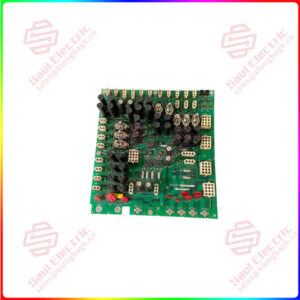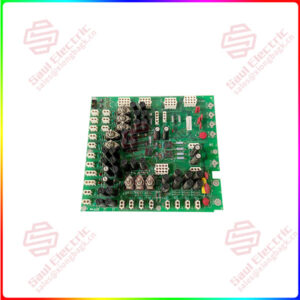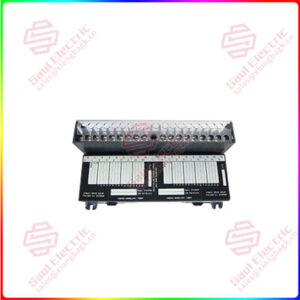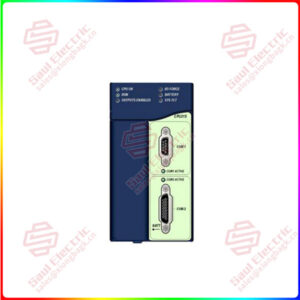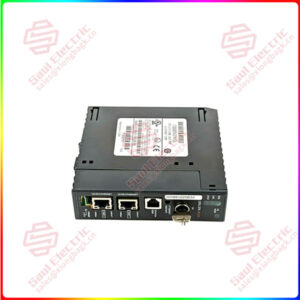Description
Overview
Essential details:8241-956 2301 Electric Controls
lf you need to inquire or purchase ,please send the product models to my email or call medirectly .
sunny He
[Email] sales@xiongbagk.cn
[Mobile] 86-18059884797
[WhatsApp] 86-18059884797
[Skype] sales@saulcontrol.com
8241-956 2301 Electric Controls
This is a proportional actuator that has a mechanical-hydraulic backup governor section as well as an electric-signal-operated governor section. It must be driven directly from the prime mover for speed sense to the flyweights and operation of the governor oil pressure pump. The EGB-2P actuator has a stalled work capacity of 2.5 ft-lb (3.4 J) at a 32° output shaft travel. Useful work capacity is about 2/3 of stalled capacity
This actuator has no mechanical-hydraulic backup governor. Some models require a drive for an internal oil pump, but the rotation need not be proportional to prime mover speed. These models can be mounted external to the prime mover and driven by an electric motor or other device if no drive pad has been furnished on the prime mover. Other models have an oil motor built into the actuator. These units require pressure oil from an external source to operate the oil motor and provide the working pressure needed by the actuator.
The EG-3P has 4.5 ft-lb (6.1 J) of stalled work capacity, a useful work capacity of 3 ft-lb (4 J), and a maximum 42° output shaft travel. Torque rating is 6.0 lb-ft (8.1 Nm).
The simplest of the proportional actuators, the 2301 actuator does not require a drive of any kind, since there is no flyweight backup governor or pressure pump contained in it. Hydraulic pressure fluid must be supplied from an external source, such as the prime mover’s fuel oil or lubricating oil supply. Accepting fluid pressures within a 15–100 psi (103–690 kPa) range, the 2301 actuator will supply 0.166 ft-lb (0.225 J) of stalled work capacity for each 10 psi (69 kPa) hydraulic pressure input (useful work is about 2/3 of stalled capacity), through an angular output shaft travel of 30°. Torque is 0.32 lb-ft (0.43 Nm) per each 10 psi (69 kPa) input.
In applications involving unattended cold starting, an EG-type actuator is recommended unless fuel oil with its low viscosity is available as the pressure source for the 2301 actuator. Most lubricating oils are suitable for controlling the 2301 actuator when oil is at operating temperature. Viscosity of hydraulic fluid above 1000 SUS during cold start will temporarily cause the actuator to operate erratically.
This manual describes the EG-3P actuator, which may be used with any of the 2301 electric controls. Other manuals describe the other actuators and the electric controls available to operate proportional actuators.


 1 Year Warranty
1 Year Warranty

